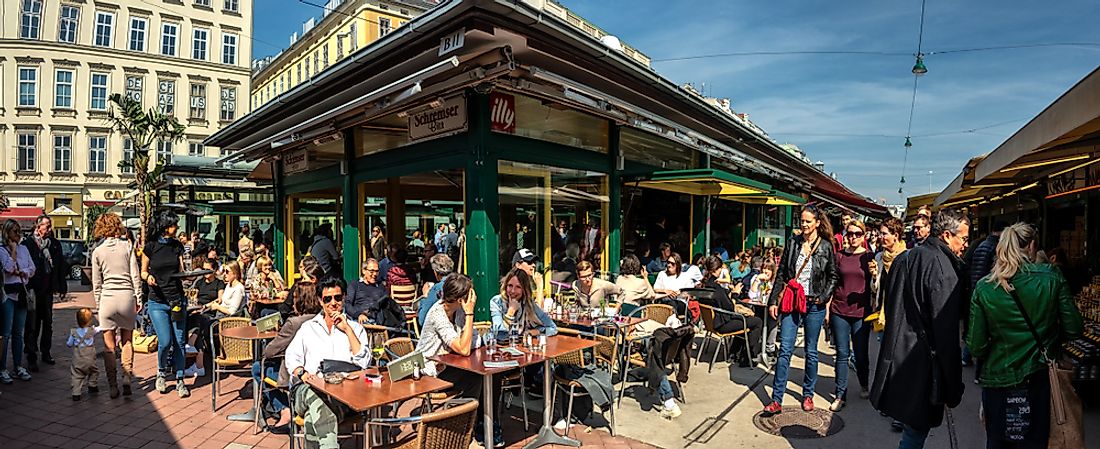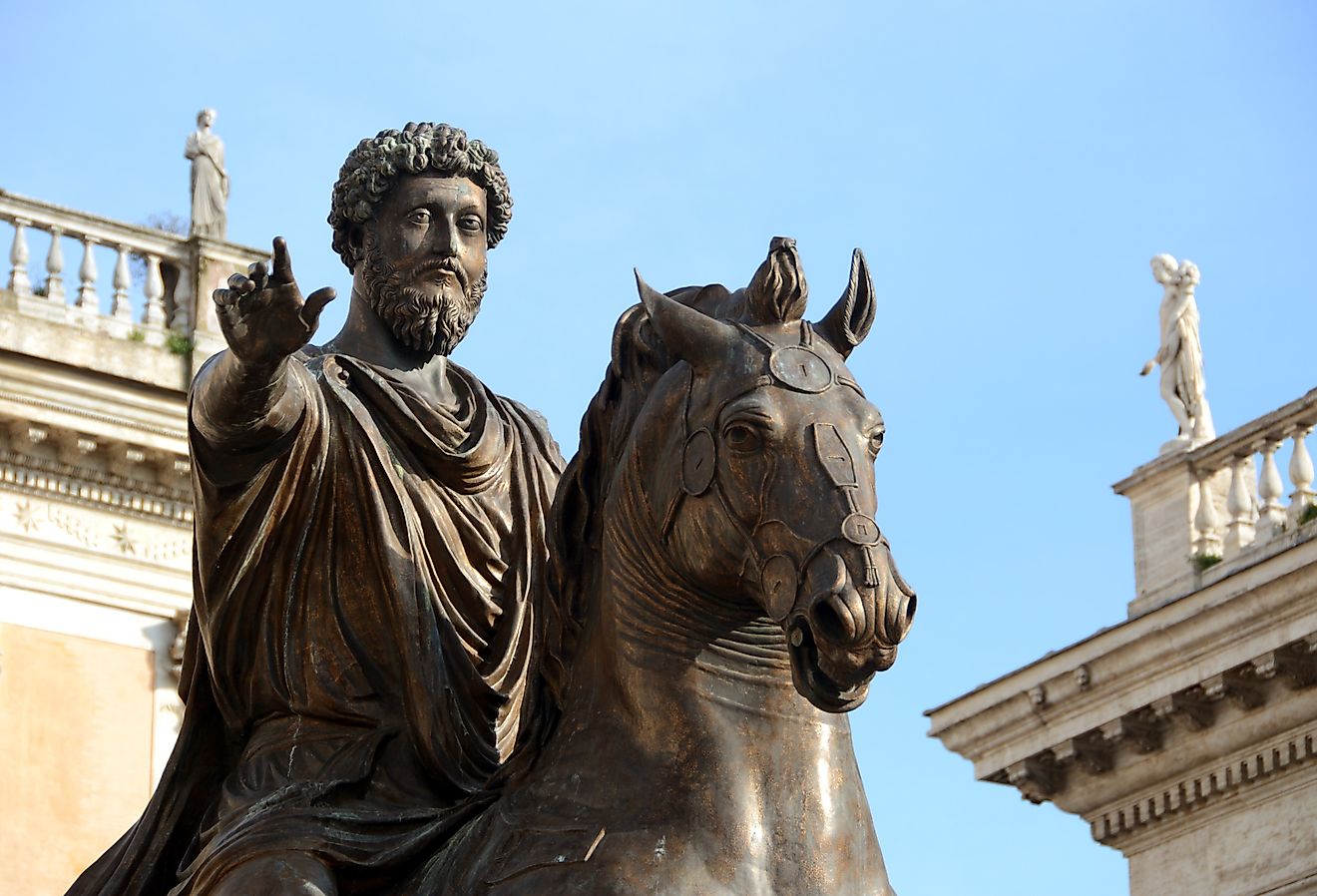Ethnic Groups in Austria

Austrians are a Germanic ethnic group that consist of a population in the Republic of Austria that share a collective Austrian history and culture. Austrians was a term used to refer to the population of Hapsburg Austria in the 17th and 18th Centuries. In the 19th Century, the term was used to refer to the citizens of Empire of Austria and Cisleithania. Austrians were historically considered Germans because they had been part of the Holy Roman Empire of the German nation and German confederation. However, Austria was expelled from the confederation by the Prussians after the Austro-Prussian War of 1866. Austrians have since developed their culture and identity and no longer consider themselves Germans. Austrians are now more of a nationality than an ethnic group. Austrians are divided into several ethnic groups. Some of the most populous Austrian ethnic groups are looked at below.
Ethnic Austrians
Ethnic Austrians comprise the most populous ethnic group in the nation of Austria today. The groups have been debated as whether they should be referred to as a nationality or an ethnic group. Currently, the term Austrian is used to identify the Domus Austrian subjects regardless of the ethnic definition. However, the history of this ethnic group dates back to the 16th Century during the Hapsburg rule. After the Second World War, Austrians regained their sovereignty when they began to develop their identity. Austrian identity took time to develop as they considered themselves Germans for a long time. By 1987 only 6% of Austrians viewed themselves as Germans. Currently, there are over 70.8 million people in contemporary Austria who identify with Ethnic Austrians. Their culture is greatly influenced by Germany, Italy, and Czech. The majority of Ethnic Austrians also enjoy music composition, Austrian cuisine, and literature. Roman Catholic is a predominant religion among the Ethnic Austrians. Religion plays a significant role in politics and culture in Austria.
Turks
Turks living in Austria include the residents of the country with Turkish ethnicity. They form the second largest ethnic group in the country with a population of 350,000 people. Turks were invited into Austria as guest workers in the construction and export industry through an agreement between Austria and Turkish government in 1964. When the agreement ended in 1973, the Turks who were already in Austria focused on family reunification while most of them applied for permanent citizenship in the country.
Germans
Germans are natives of Central Europe sharing a common German language, ancestry, and history. There are over 100 million German native speaking populations in the world with the majority being in countries such as Austria and Switzerland. There are currently 236,000 German speaking populations in Austria today. The native language spoken by Germans is German, a West Germanic language classified alongside English and Dutch. The Germans culture is identical to the culture practiced in Germany. Literature which can be traced back to the middle ages remain part of German identity. The ethnic group is also famous for classical music.
Other Significant Minorities
The other main ethnic groups in Austria include Serbs, Slovenes, Croats, and Hungarians. These ethnic groups have their origins mainly from Serbia, Slovenia, Croatia, and Hungary, respectively. They form some of the largest ethnic minority groups in the country, with a collective population of 200,000 people.
What Ethnicity Are Most Austrians?
| Rank | Self-Identified Ethnic Group | Population in Contemporary Austria |
|---|---|---|
| 1 | Ethnic Austrians | 7.8 Million |
| 2 | Turks | 350,000 |
| 3 | Germans | 236,000 |
| 4 | Serbs | 192,000 |
| 5 | Slovenes | 50,000 |
| 6 | Croats | 25,000 |
| 7 | Hungarians | 20,000 |











